A Malacca itinerary is a must for anyone exploring Malaysia. Just a few hours south of Kuala Lumpur, Malacca is a vibrant city packed with history, culture, and charm. Whether you visit as a day trip or stay overnight to soak in its atmosphere, this UNESCO-listed destination offers a fascinating blend of colonial architecture, delicious food, and a lively riverside scene. From wandering through Jonker Street to discovering centuries-old landmarks, Malacca is the perfect place to step back in time while enjoying a laid-back escape from the bustle of Malaysia’s bigger cities.
Just so you know, this post contains affiliate links. If you book a tour, hotel, or buy something through one of these links, I may earn a small commission—at no extra cost to you. It helps me keep this blog running and full of travel tips. Thanks for the support!
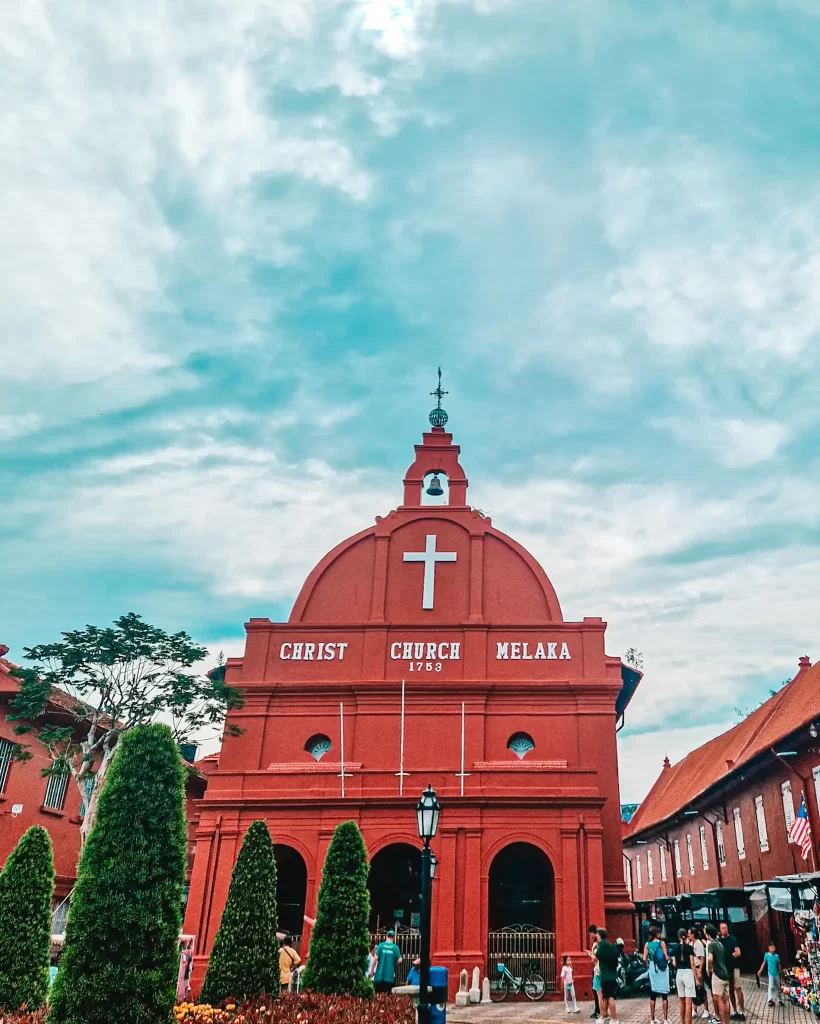
Key Takeaways
- Malacca is a great day trip from Kuala Lumpur, but I’d advise more time in your itinerary if possible
- Highlights include the iconic red brick Stadhuys and Christ Church, dating from the Dutch colonial period
- You can also take a relaxing river cruise or explore the town by blinged-up rickshaw
Why should you visit Malacca?
Just 3 hours south of Kuala Lumpur, Malacca is a small but historically rich town.
As a small town, it’s easily walkable, and I found it a great way to destress after the time spent navigating Kuala Lumpur, where everything requires public transport or a slow Grab ride.
It’s also steeped in history. It has been on the Unesco World Heritage list since 2008, but isn’t as busy as many Unesco sites in Asia, like Angkor Wat, Luang Prabang or Borobudur near Yogyakarta.
It’s a wonderful antidote to the modernity and chaos of Malaysia’s capital city, with historic buildings everywhere you look. Even Kuala Lumpur’s most famous temple, the Batu Caves, is relatively modern in comparison.
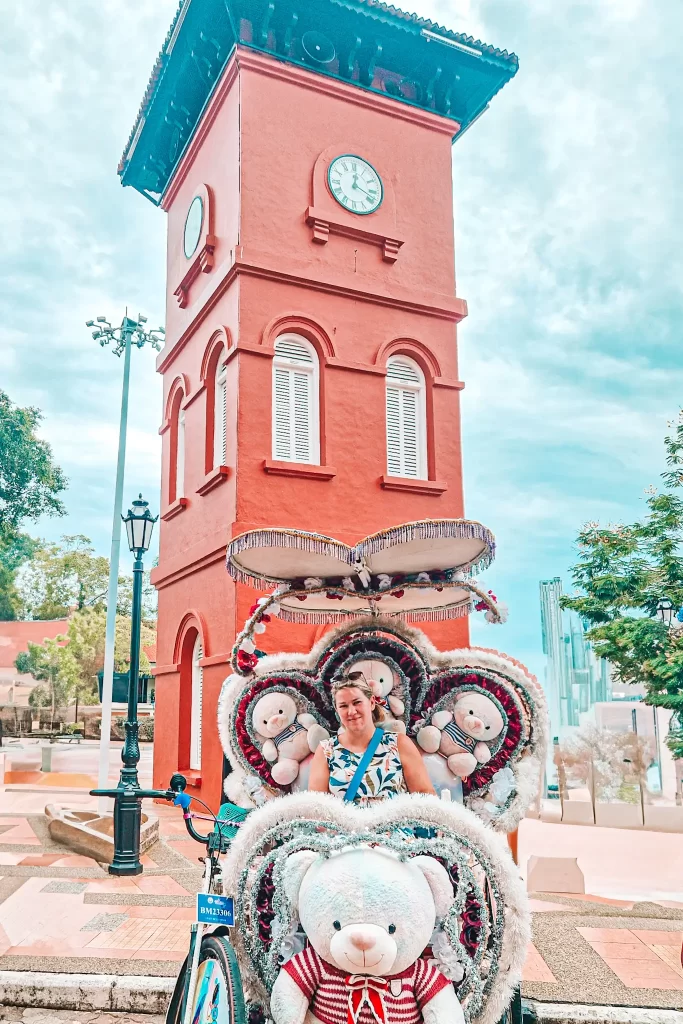
Finally, Malacca also has a great food and cafe scene, as well as lovely riverside restaurants to enjoy. This makes it a great place to relax and enjoy your time, especially in the evening.
A brief history of Malacca
Malacca was originally a small fishing village, but grew in importance after the founding of the Sultanate of Malacca in the 15th century. It became an important trading port, with a particular focus on Chinese, Indian and Arab traders.
The Portuguese colonised Malacca in 1511, making it one of the earliest European colonies in Asia, and in this period it became one of the most important trading cities in the world. The town still has some Portuguese buildings, including the fortress on St Paul’s Hill. The Dutch were the next to colonise Malacca, from 1641-1795. Many of their buildings still survive in the town centre today.
The Dutch eventually ceded Malacca to Britain in 1825, when it became part of the British colony of Malaya. Malacca was part of the famous Straits Settlements of British colonial rule, alongside Penang and Singapore, and was briefly under Japanese rule during the Second World War. Malacca became independent in 1957, a year later than the majority of Malaysia.
Malacca’s interesting history lends itself perfectly to historical novels. If, like me, you learn about history through reading novels, check out my guide to books set in Malacca and other parts of Southeast Asia that I read before travelling.
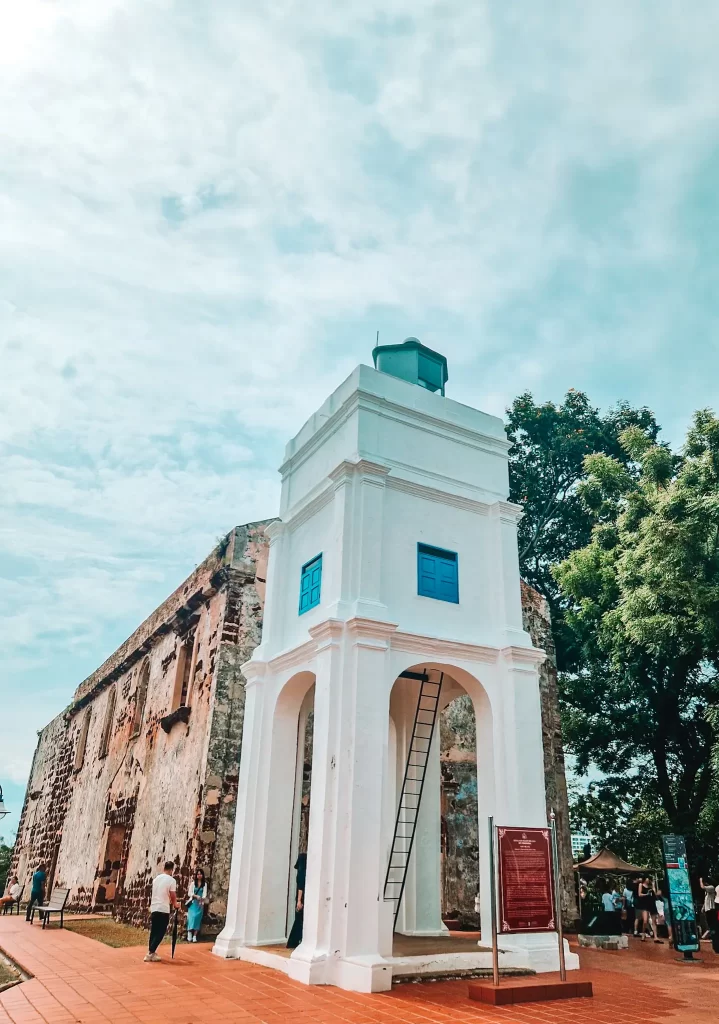
Your itinerary for 1 day in Malacca
I have created this guide assuming you have 1 full day in Malacca. If you are doing a day trip to Malacca from Kuala Lumpur, you could see some of the sights more efficiently by doing a longer rickshaw ride, or skip the boat ride. You’ll also miss out on dinner by the river, as you’ll need to head back to Kuala Lumpur in the evening.
Stop 1: Visit Jonker Street
Cost: free
The first thing you are likely to do in Malacca is visit busy Jonker Street. This historic street in Malacca’s Chinatown was named after a Dutch merchant and has been the centre of Malacca since the 17th century.
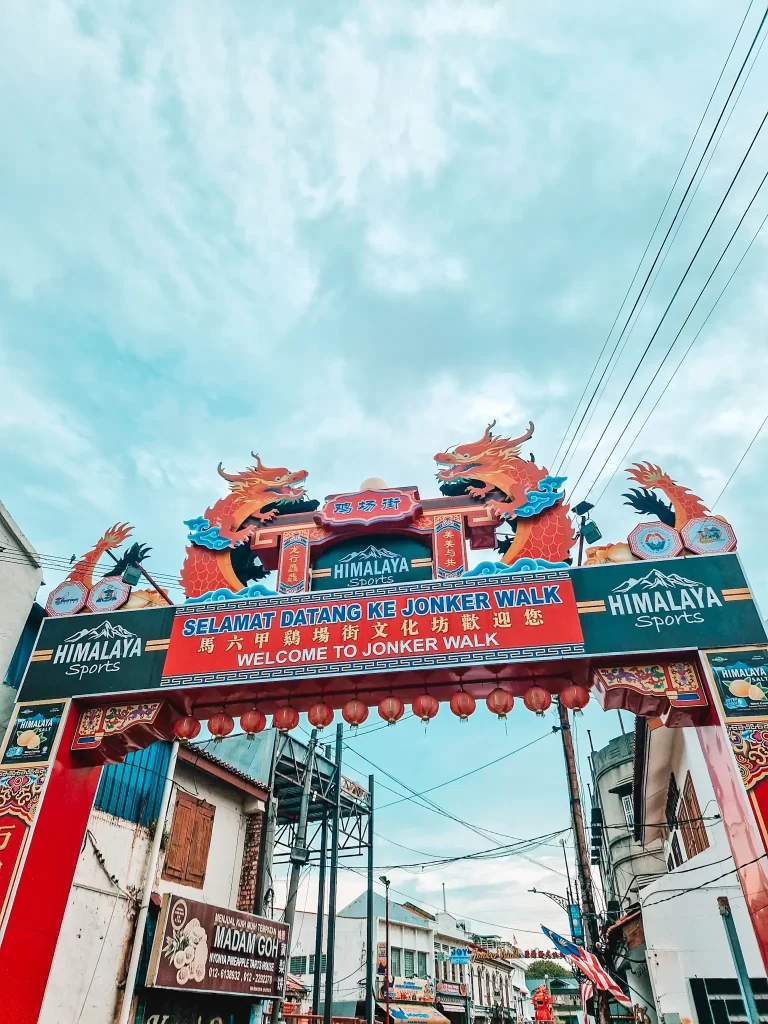
It’s now a busy modern thoroughfare, packed with shops and cafes, many with their original shophouse facades. Take time to wander into shops, admire architecture or sit down for a breakfast coffee and cake in one of the delicious bakeries. I tried the Melaka de Nata (a variation on the famous Portuguese pastel de nata) at French Brown and it was delicious!
The best time to visit Jonker Street is first thing in the morning or after around 4pm. During the main part of the day, the street is crowded with large tour groups from Kuala Lumpur, making it difficult to navigate. Visiting outside of this time gives you a much more relaxed experience.
Stop 2: Visit the colonial buildings
Cost: Christ Church entry is 22 MYR (c.$5)
Malacca is famous for its historic buildings, dating from different eras of colonial rule. The city’s main square is just at the end of Jonker Street, so it’s easy to find and should be your next stop after walking down the busy shopping street.
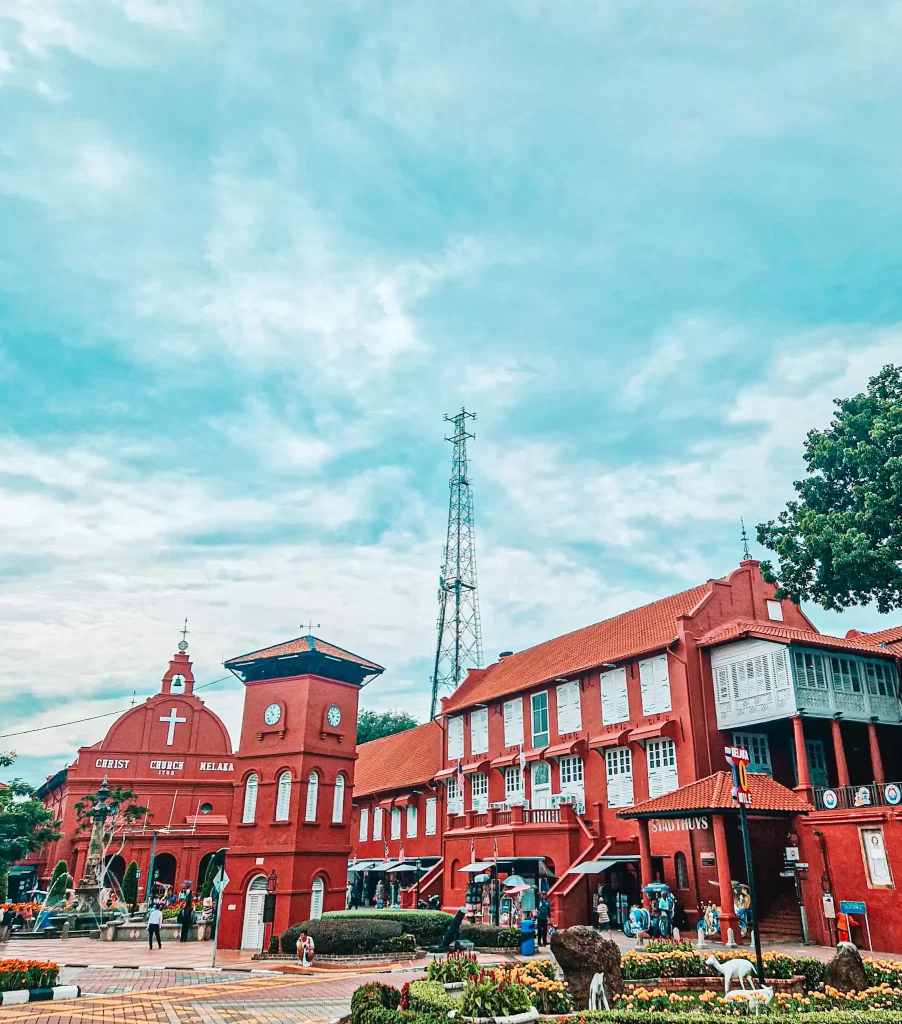
The most famous historic building in Malacca is probably the iconic red Stadhuys, the Dutch town hall dating from 1650. This is (probably) the oldest Dutch building in East Asia. It also formed the nexus of government for both the Dutch and British colonial powers. While there is a museum in the Stadhuys, most people just enjoy looking at the beautiful exterior.
Next to the Stadhuys is Christ Church, which was built in 1753 to mark 100 years of Dutch rule. This makes it the oldest Protestant Church in Malaysia. As both the Dutch and English were Protestant, the church played a major role during much of Malacca’s colonisation.
These two red buildings give the square a unique appearance among Asia cities.
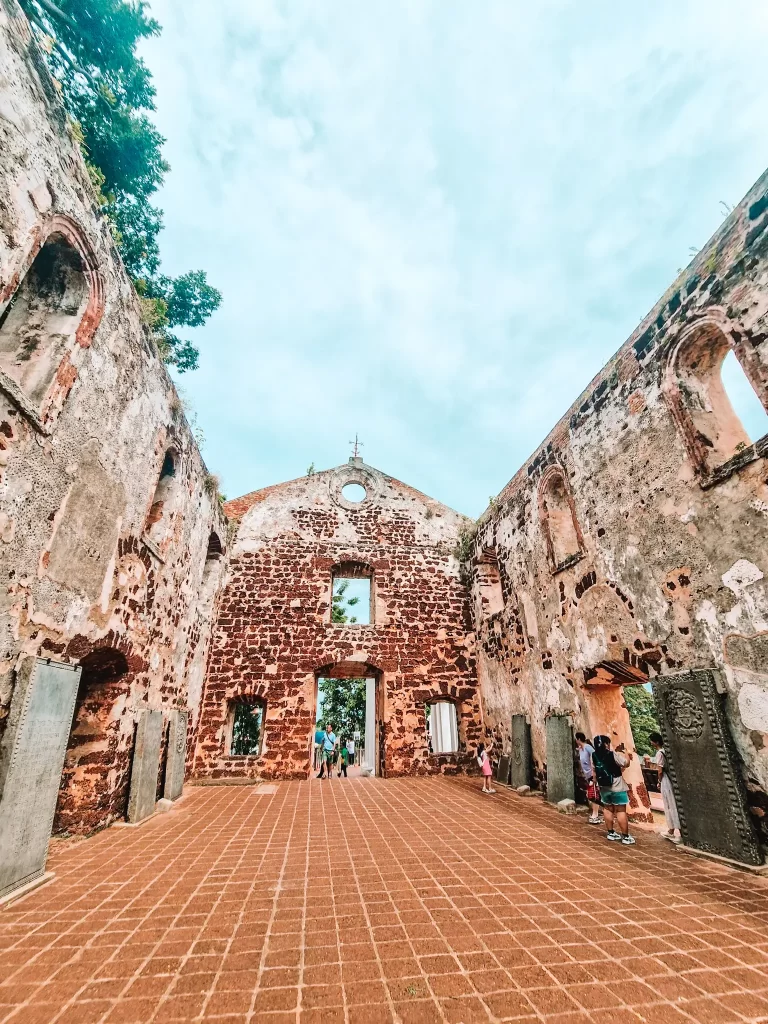
From the Stadhuys, you can climb up to St Paul’s Church, which dates from the 16th century, during Portuguese rule. It is famous for being the oldest European building east of India. While the church is in ruins, it’s very atmospheric and you also get a stunning view over Malacca and the river. The climb is steep up some steps, but only takes a few minutes, and it’s totally worth it.
There are a number of other historic buildings you can visit in Malacca, including the A’Famosa Fort behind St Paul’s. I chose to visit this Portuguese ruin on my trishaw ride later in the day.
Stop 3: Admire Malacca’s street art
Cost: free
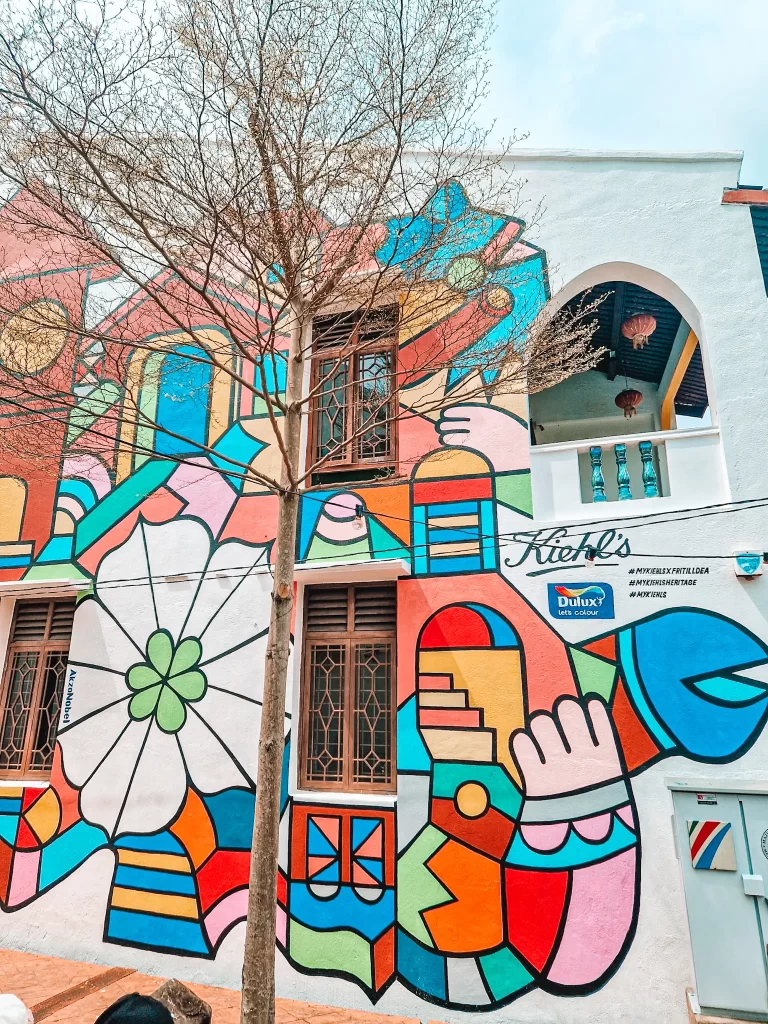
While not as famous as George Town or even Ipoh, there is plenty of street art to spot in Malacca. The two most famous are the Orangutan, at the Orangutan House, and the Kiehl’s Mural. This last was created in celebration of Malaysia’s five Unesco Heritage Sites, which include Kinabalu National Park in Borneo and George Town.
There’s also lots scattered around the town, including a big one welcoming you to the town. If you take the river trip (see the next activity), you’ll spot lots from the boat.
The Kiehl’s mural is just across the river from the Stadhuys and the Orangutan House is on the next corner. It’s a great stop between the Dutch Square and your next stop, the Cheng Hoon Teng Temple.
Stop 4: Visit Malaysia’s oldest temple
Cost: free
The ornate Cheng Hoon Teng Temple in Malacca is the oldest functioning temple in Malaysia. Historians are unclear on the exact founding date of the temple, but it’s from at least the middle of the 17th century, and could be older. The temple was the main place the local Hokkien Chinese community went to worship in Malacca.
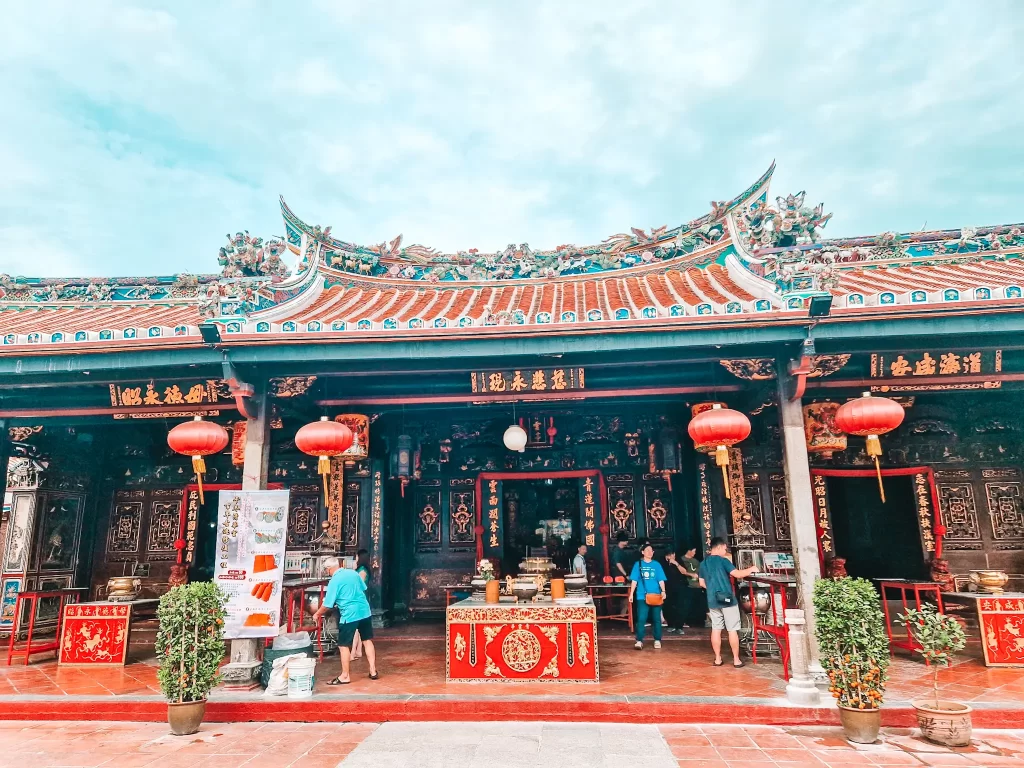
Another beautiful fact about the Cheng Hoon Temple is that it’s on a street locally known as Harmony Street (official name Jalan Tukang Emas), named for it’s coexistance with a mosque and a Hindu temple. This highlights the way these three distinct cultures have lived in harmony in Malaysia for hundreds of years.
The temple is about 8 minutes walk from the Stadhuys. You can either walk down Jonker Street, or take one of the streets parallel to avoid the busy middle-of-the-day crowds.
Stop 5: Take a boat down the Malacca river
Cost: 30 MYR (c.$7)
As it’s likey to be the middle of the day by this point and the Malaysian heat is intense, it’s a good time to do a more sedentary activity.
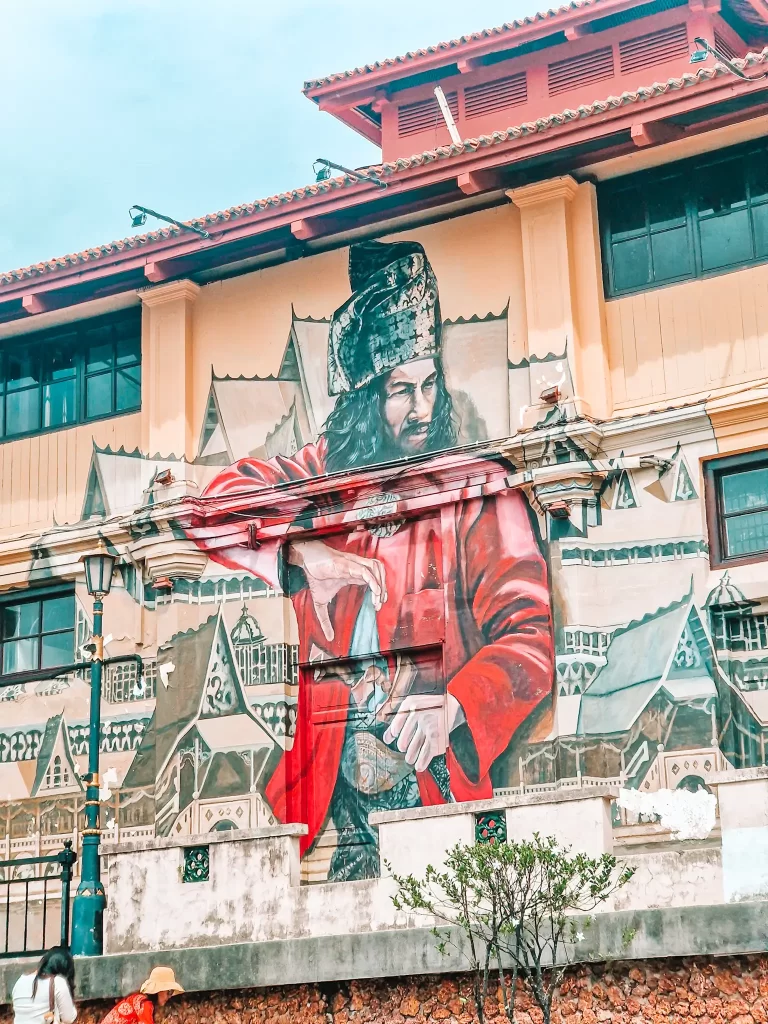
The Malacca River flows through the centre of Malacca and gives an insight into how important it must have been for trade in the past. Now, it’s filled with tourist boats, offering a gentle glide down the river to the more modern part of town and back.
There are two companies offering river tours in Malacca, with pretty much the same price and definitely the same route. You can buy tickets at the ticket kiosks by the river, or online at Melaka River Cruise (I couldn’t find an online site for the other company).
They departed around every half hour or so, and took 45 minutes to go to the end of the route and back. The boats are covered, meaning that they were a nice way to pass the time during the hottest part of the day, with a little bit of river breeze.
Among other sites, you’ll glide past the restaurants lining the river, giving you an opportunity to choose your dinner stop! You’ll also pass Kampung Morten, an old Malay village that has become a tourist attraction. It’s very different in appearance to the increasingly modern parts of Malacca you see on other parts of the trip.
Stop 6: Understand how people used to live in historic Malacca
Cost: 25 MYR (c.$5.60)
There are a number of museums in Malacca, but one of the most famous is the Baba and Nyonya Heritage Museum. Once your boat has dropped you off in central Malacca, head down one of the streets parallel to Jonker Street.
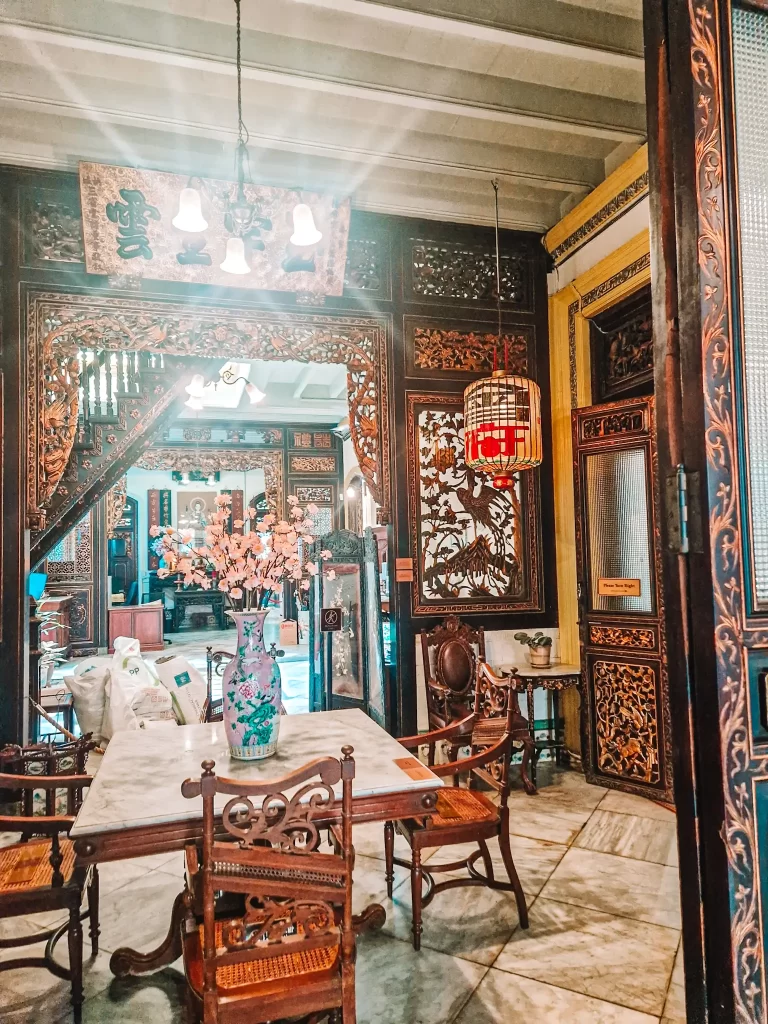
This small museum was originally three terraced houses that were then combined into one family house in 1861. Four generations of the same family lived in the house before it was made into a museum in 1985.
The museum is set up to represent what the house would have been like in the early 20th century. It gives a fascinating insight into what life would have been like for an affluent Chinese family at this time.
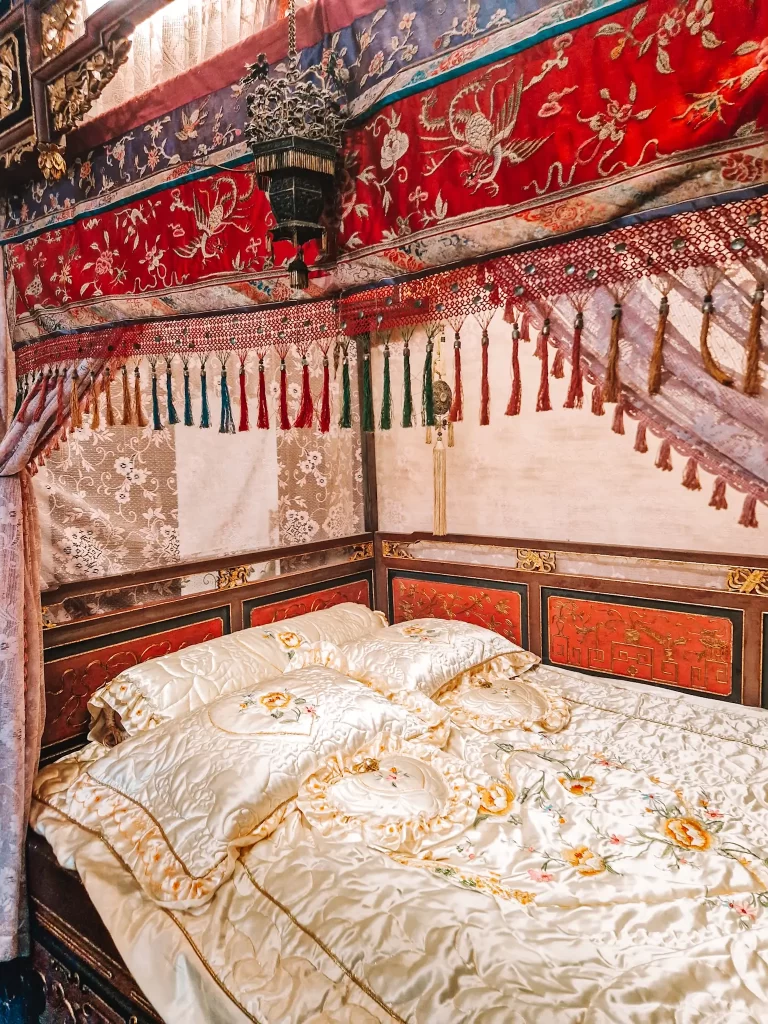
I really enjoyed this part of my visit to Malacca. I loved seeing the marriage bed, and the information about marriages during this period. I also marvelled at how ornate the house was. This is definitely worth a visit!
Stop 7: Take a blinged-up trishaw
Cost: Tourism Malacca states that the standard rate is 40 MYR ($9) per hour, but this is likely to depend on your bargaining skills
After a busy (and probably sweaty) day of sightseeing, it’s time to take the weight off your feet.
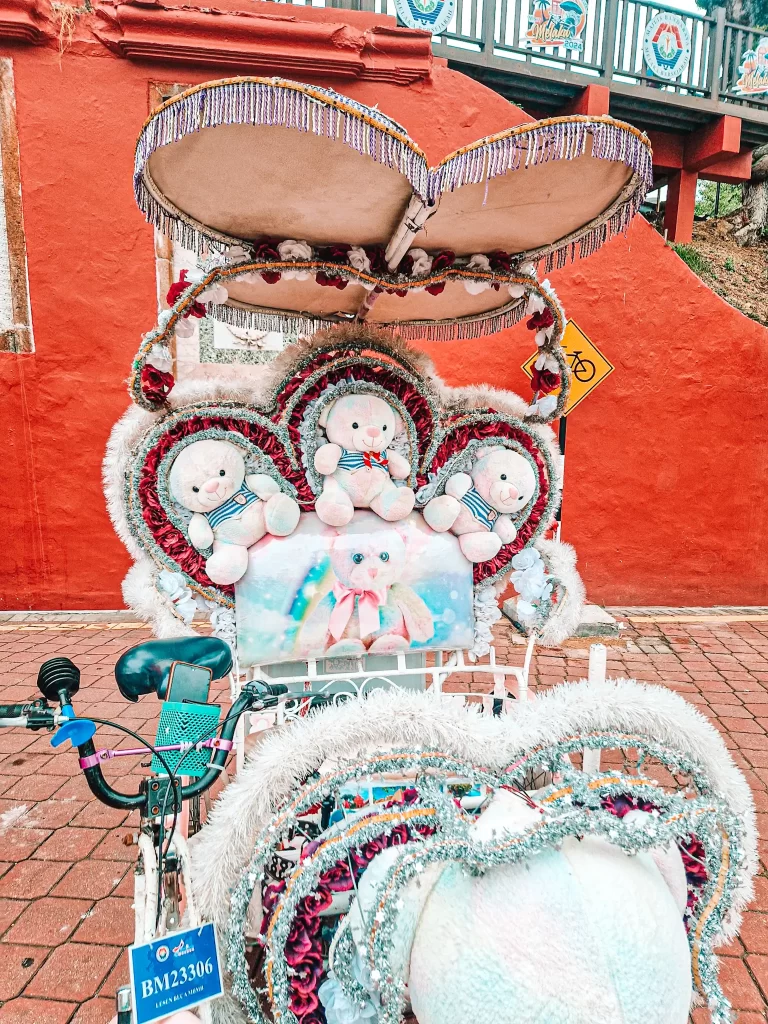
One of the most unique things to do in Malacca is take one of the local trishaws on a city tour. As you’re coming to the end of your one day in Malacca, this is a great way to see any sights you haven’t managed to fit into your Malacca itinerary so far.
The trishaws are unlike anything else I’ve seen on my travels – they are decorated to the extreme! You’ll find them clustered around the Stadhuys and you can pick your theme. Hello Kitty and Spiderman were most popular, though I chose one with teddy bears.
When I visited in summer 2024, the trishaws offered me a 30 minute route. However, I knew a shorter option was available and bargained for this, as I had already visited many of the sites on the 30 minute route. I was glad I did so – while riding the trishaws is an experience, it’s not a particularly comfortable one! I’d also already seen quite a few of the sites on the longer route.
Make sure you agree a fare with your trishaw rider in advance and shop around if you can’t get a good rate.
Stop 8: Chill by the river
Cost: depends on the restaurant
Once you’ve gone past them on a boat, you’ll be desperate to spend some time chilling out in Malacca’s riverside eateries. These vibrant riverside restaurants mostly open in the evening, making them a perfect way to unwind after a day of exploring.
Some of the top rated include Relish The Moment and Campong O’oloo, while The Old Merchant is a highly rated cocktail bar. You could also head to Malaiqua by Gula Cakery if you’re looking for some freshly baked cakes.
Frequently asked questions
How long should you spend in Malacca?
Malacca is a small city, especially compared to some of Asia’s major city destinations like Singapore, Kuala Lumpur, Hanoi or Bangkok. In addition, all the major sites are fairly close together, meaning you won’t spend tons of time commuting between them. As a result, a 1 or 2 day itinerary for Malacca is sufficient.
If you are planning a 2 day itinerary for Kuala Lumpur, you can absolutely visit Malacca on a day trip from Malaysia’s capital and this is a really popular option.
However, as someone who prefers slightly slower travel, I would recommend spending the night in Malacca if you have time in your itinerary. This would allow you to explore at a slightly more relaxed pace, and to enjoy an evening in one of Malacca’s riverside bars.
How to get to Malacca
How to get to Malacca from Kuala Lumpur
Cost: c.$3
There are frequent buses from TBS Bus Station in Kuala Lumpur. These take about 3 hours, and are comfortable, with wide seats and lots of leg room.
TBS is a huge bus station serving multiple destinations across the country with good facilities, including toilets and shops.
TBS isn’t particularly central in KL. While TBS is accessible by public transport, it could involve multiple changes depending on where you’re staying. I found it quick and easy to get a Grab to TBS.
How to get to Malacca from Singapore
Cost: $20-$30 depending on the type of bus and departure point
Malacca is also a popular weekend getaway from Singapore and there are also buses from the Lion city. These take between 5 and 6 hours, which allows for time crossing the international border. These buses depart from a number of different MRT metro stations in Singapore, and arrive at a variety of different hotels and sites in central Malacca.
Where to stay in Malacca
I would recommend staying in central Malacca, as this will put you within walking distance of everything you want to see. However, I would avoid staying on Jonker Street itself as you would likely experience street noise at night.
As a budget option, I stayed at Ringo’s Foyer, a hostel with private rooms. It’s about 5 minutes from Jonker Street, and very clean with friendly staff and good aircon.
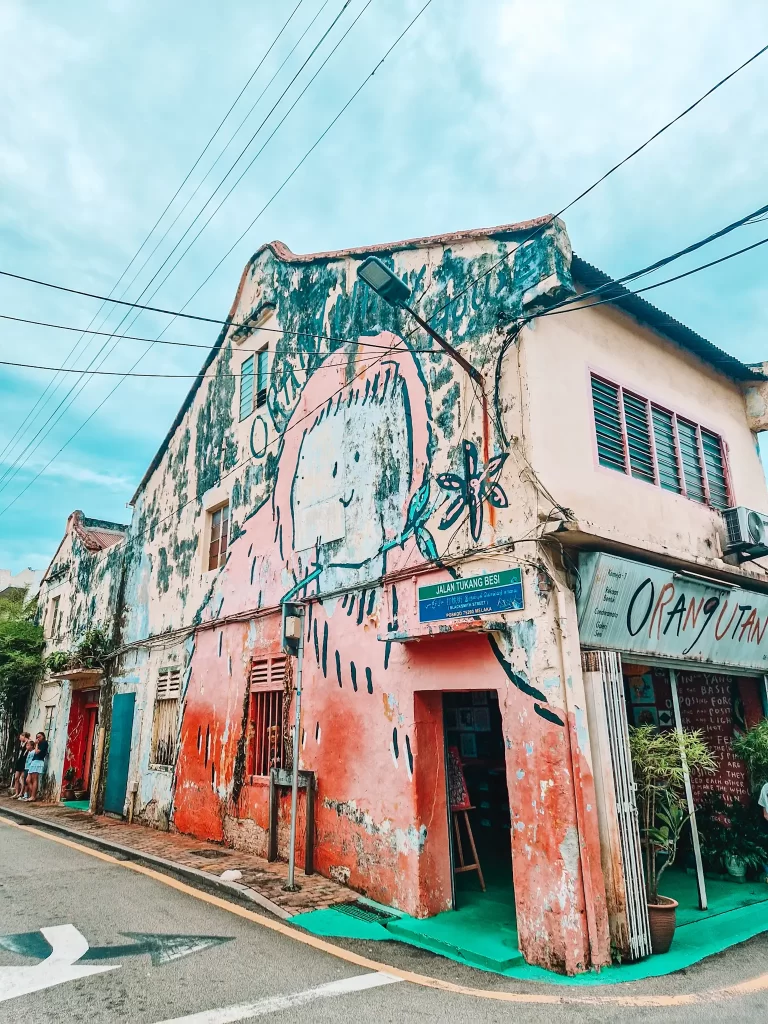

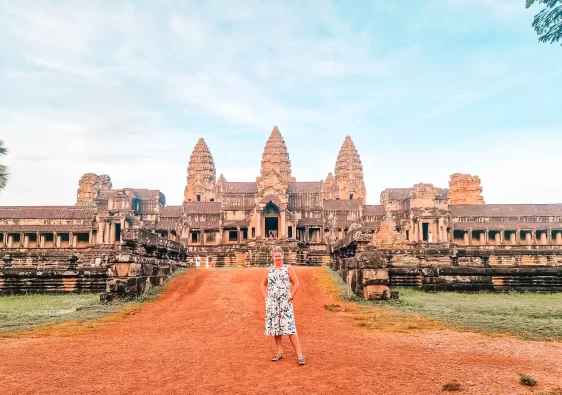
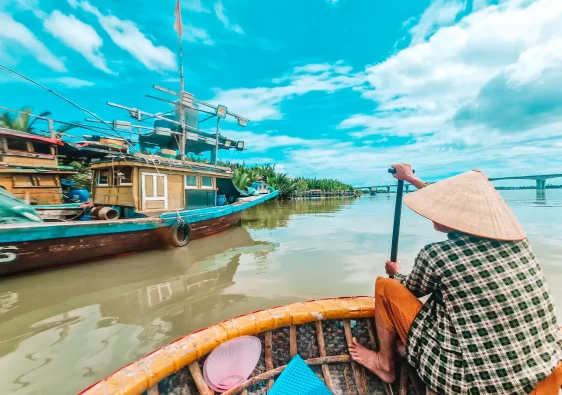
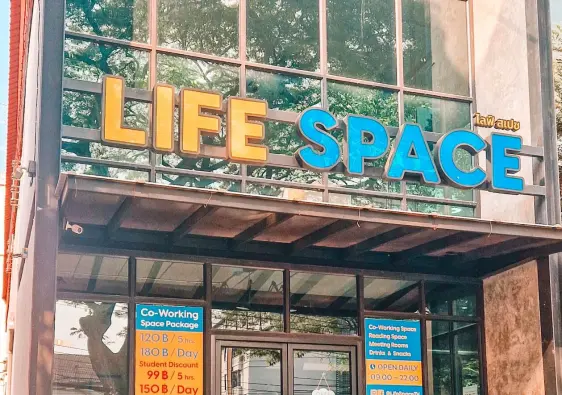
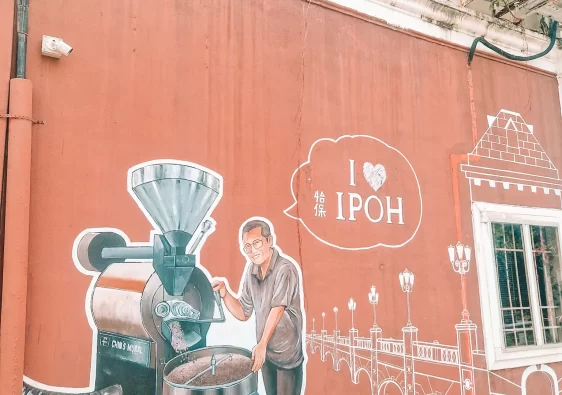
[…] .Spending more time in Kuala Lumpur? Consider a day trip to beautiful Malacca, one of the original colonial cities. Check out my guide: Malacca, Malaysia: the most interesting things to do. […]
I really enjoyed KL when I visited (many) years ago, and Malacca looks like another great Malaysian city to visit. I love cities with colourful street art! The boat ride sounds fun, as does the trishaw ride 🙂
Thank you for the guide! How many nights do you recommend spending in Malacca?
AMAZING! I have been to Malaysia a few times, and for my next trip, I want to visit new places. I have never been to Malacca, so I’ll be saving this post for sure
Malacca looks live a lovely town to visit. I always l;ove doing a river cruise, when it’s available in a city.